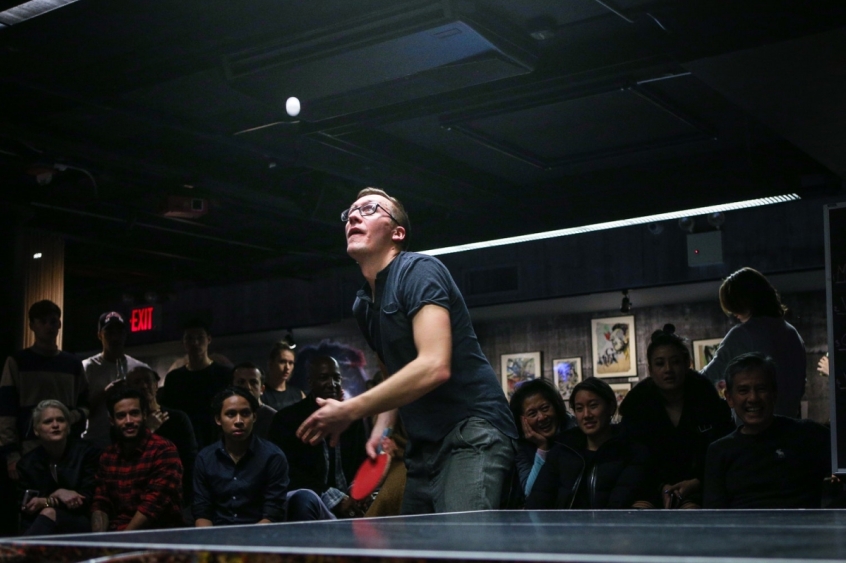
* Partner Post
Table tennis is a game of adjustments and inches and the best players often adapt to their opponents' spin and style. Even beginners seem to swiftly learn to adapt their style and positioning to counter the favorite shots of their opponents. As players develop, they settle on preferred play styles, grips and favorite serves but even at the topmost ping pong level, every player has a unique style.
Thus, it only makes sense to have highly customizable table tennis equipment. Once you find your way through the classic hard paddles of basements and rec rooms, there's an endless pool of paddles that can be optimized to your game.
Players tend to change paddles a few times as they learn what suits their best game, progress in the sport or find out what paddle can help them learn best while they practice. When the time comes and you have to select a customized paddle, all choices including the rubber, grip and blade can feel otherwise overwhelming. Check top 9 ping pong paddles by pingthatpong here
A paddle is typically made up of 6 core pieces: a backhand rubber and sponge, forehand rubber and sponge, a blade and a handle. Each of these pieces makes a significant part of the paddle that can be tuned to support your playstyle. The following are some elements you'll need to factor in when selecting a ping pong paddle:
Grip
How you hold the paddle matters a great deal. A majority of players usually use a shake-hand grip. However, there are still players who are capable of holding up a game with a rather delicate pen-hold grip. Select a handle that can support your grip style. Your choice will either come in a straight or flared option. The straight handle is generally more comfortable for players used to holding the paddle loosely while the flared alternative is a bit thinner and thus suits players that have a firmer grip.
Playstyle
Ultimately, a paddle is pretty much a personal choice. Each player has a unique swing and style although there are paddles that are suitable for general playstyles. How do you play? Are you a defensive player who uses guile, patience and placement to beat opponents? Are you an attacking player who hits the powerful shots? Rather, is control your priority? Do you choose to place your shots more carefully and get your opponent moving side to side? Pay great attention to your preferences and style after playing few games. You might also ask your opponent, a coach or a friend to watch you playing and give their input on your tendencies and preferences.
Blade
This is the most solid part of your paddle and is mostly involved in the determination of your paddle's power rating. Lighter yet rigid materials make for a more attacking paddle while the softer stuff are a more appropriate option for the defensive player. If what you like is a fast-paced game, a blade with five or more layers of material is what you need. A light, rigid option is always perfect, so go for a blade that incorporates titanium carbon or light carbon fiber. For the defensive player, an all-wood blade is an ideal option as it absorbs some of the ball's energy helping slow the game down as your playstyle demands.
Rubber
Typically, rubbers are measured by their firmness and tackiness. The tackier it is the more likely it is to create more spin. Ideally, a softer rubber produces more spin. So if you're looking to play a slow and defensive game, you need a tacky soft rubber. A firmer rubber will work for an attacking game.
Sponge
The layer that goes in between your blade and the rubber is what is made of sponges. Usually, sponges come in 3 ratings – they may be thin, medium or thick. A thick sponge measures 2.0 mm or more and usually results in a faster attacking paddle. However, defensive players tend to prefer thinner sponges.
Additional Remarks
Other than the earlier mentioned features, there are other aspects that can guide you when choosing a good ping pong paddle. Across the board, the quality of the paddle is a very important element to factor in. Design also matters though only to a minimal degree, particularly when it comes to avoiding cutting into your hands and causing injuries. Just as important as the quality is a reputable seller. Check for positive feedback and a good turnover as well as recommendations on your seller's sales.













